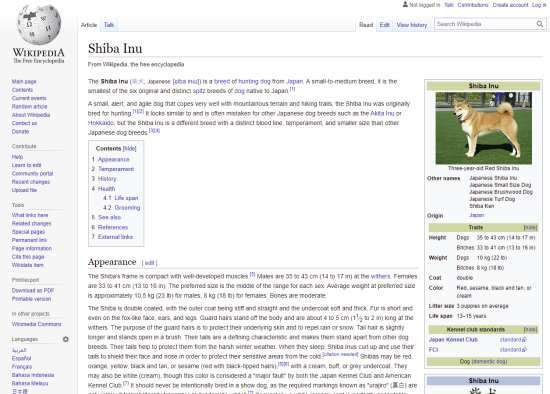Part One dealt with the painting of infantry, and the same technique follows through when painting cavalry. I'll not describe the painting of the riders, but instead go straight to what can sometimes seem more daunting - the horses.
15mm horses are not difficult to paint…
Maybe I should back up a little there! There was a comment on Part One about the technique being 'easier said than done'. However, I would urge you to give this a go. It is a technique to be learnt, not a natural skill. All you need is a decent brush, fairly steady hand and a willingness to try.
The painting style is the same as for foot figures, just over a larger area - and this is what makes it easier. Last time, I started with spray-priming the figures. Well, I've moved on from that, and found using gesso to be much easier. Just slap it on roughly and leave it to dry - great stuff! As ever, the figures are mounted on sticks to aid holding while painting. I also glue the riders on first, giving a better metal-to-metal bond for the glue.


Probably the most difficult part is deciding which color to paint the horses. I'm always looking at horses when I pass them, looking to see the colors and variations. However, this technique will not give you the natural variations of a horse's color, just decent-looking tabletop horses.
So, on to the painting. The two colors I have chosen are Foundry Bay and Chestnut - but all you need are three shades of whichever color you choose.
Step 1: cover the body in your base shade


As you can see on the Bay horse, I have left the legs black, to add a bit of variation. I tend to leave tails and manes black as well.
Step 2: midtone


Painted over the base shade everywhere except the deepest of creases in the horse's body. I use a fairly large brush for this - the bigger the brush, the quicker it can be done.
Step 3: the highlight


This is applied thinner than the first two layers, and just goes on those obvious raised areas.
And that is all it takes for the main coloring.
The next part is actually what brings the horse to life, so to speak. The small details really help. I add a few white socks to the horses' legs - just two shades of white needed here, base then pure white, a stripe or spot on the nose, etc. The harnesses are picked out in two shades as well, and the black is highlighted (usually I mix this, black with a dark grey for a couple of highlights).


And that there is how I paint 15mm horses. It's a relatively quick method, but gives decent results. I finished the riders in the same style as I painted the infantry in Part One. Part 3 will show how I base the figures.









